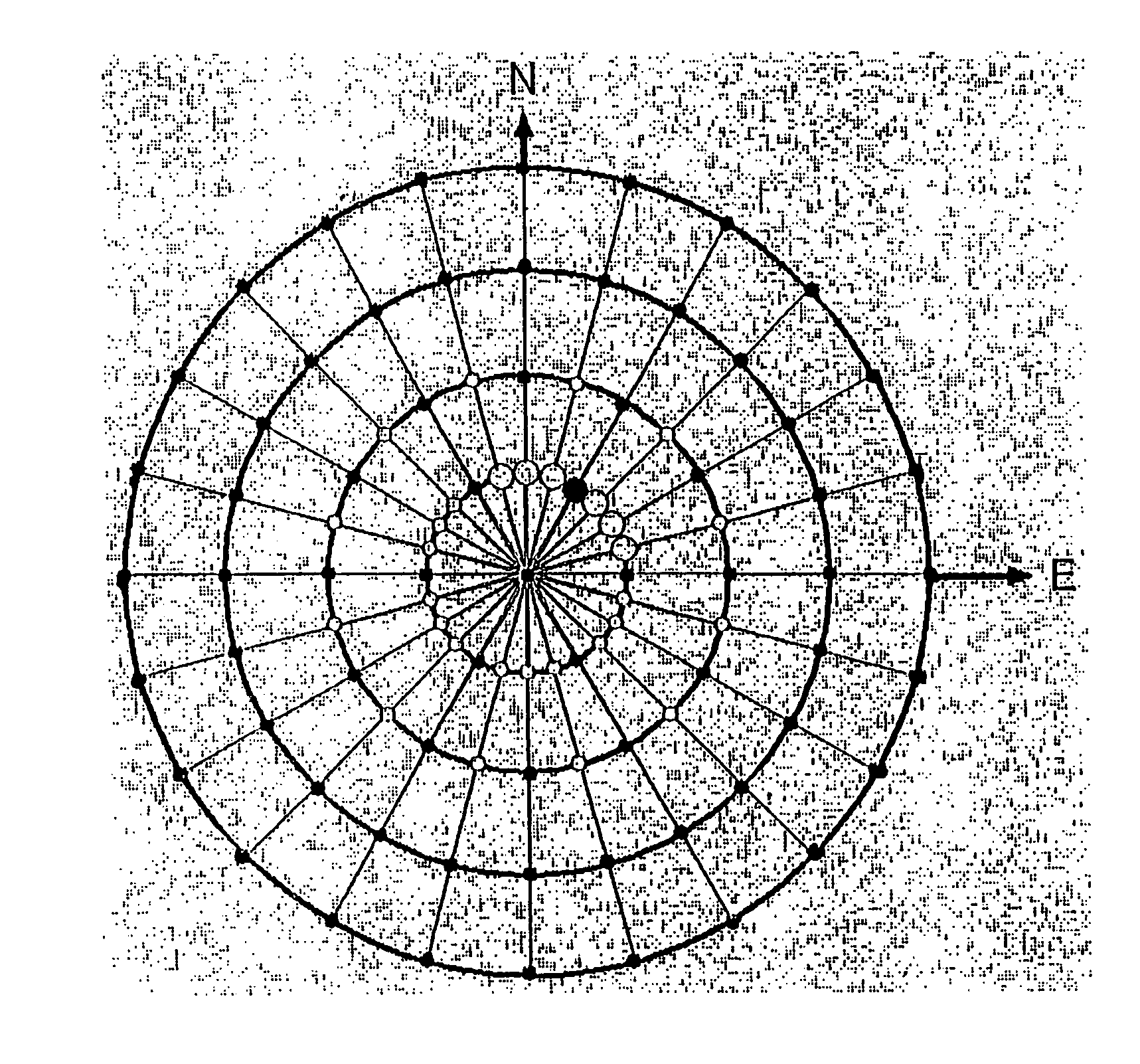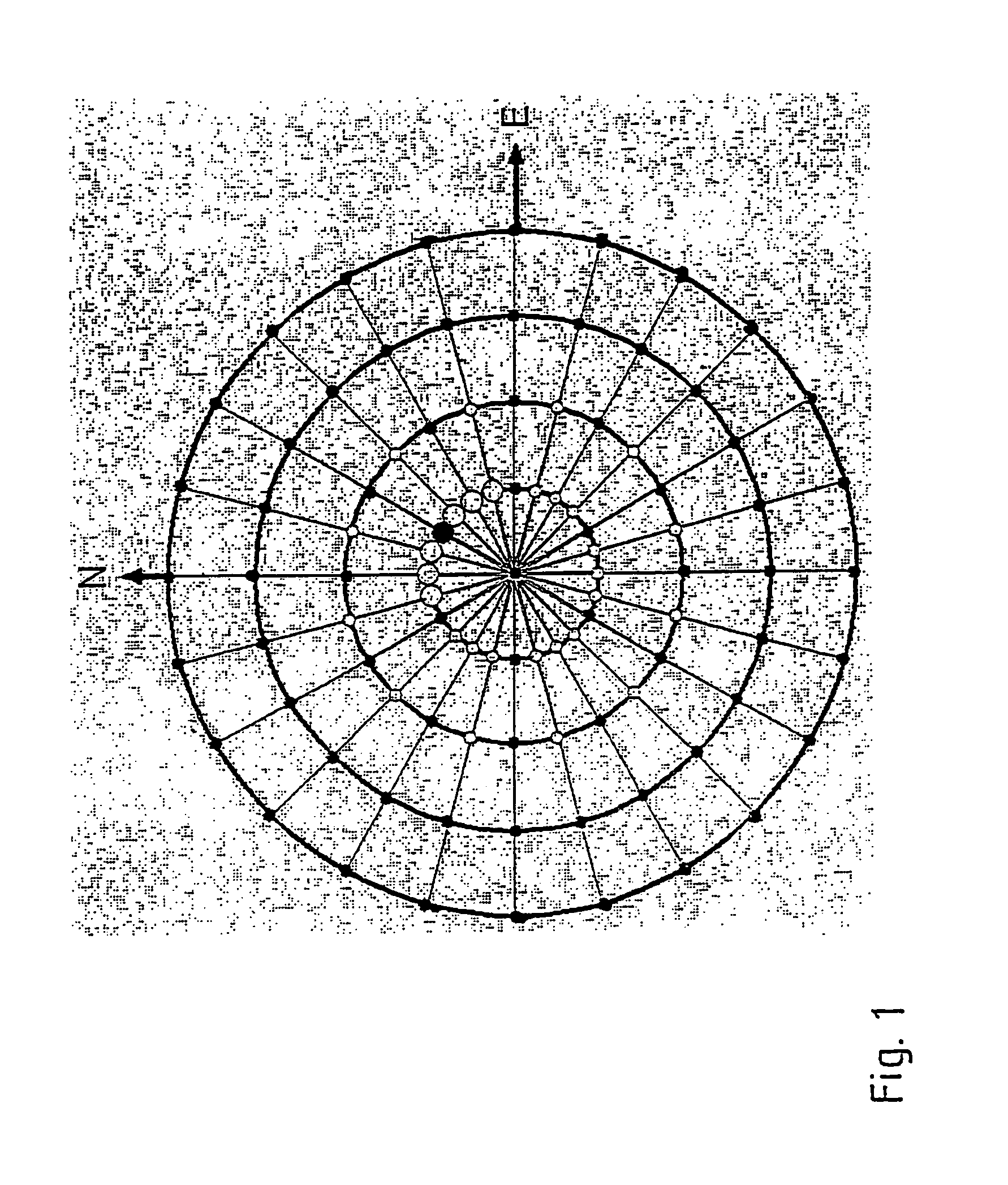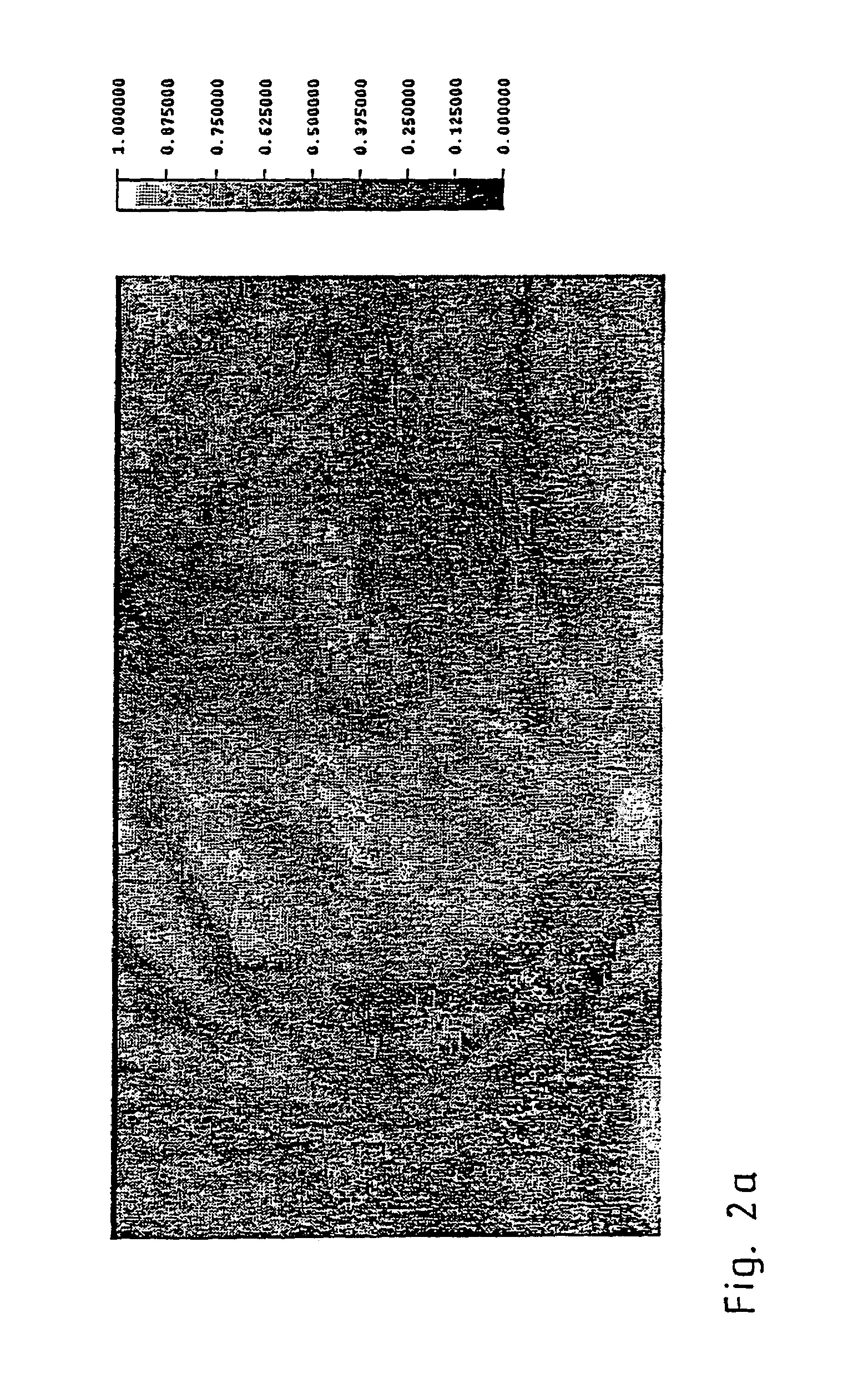Method for the determination of local similitude from seismic 3d measured data
a technology of measured data and local similitude, which is applied in the field of method for the determination of local similitude from seismic 3d measured data, can solve the problems of large computer resources and software, reduce resolution, and limit the comparison to neighbor traces that are not suitable for detection, so as to improve the analysis result and influence the effect of results
- Summary
- Abstract
- Description
- Claims
- Application Information
AI Technical Summary
Benefits of technology
Problems solved by technology
Method used
Image
Examples
Embodiment Construction
[0061]First, the basis for calculation and data evaluation according to the invention is described in the following.
Weight Function
[0062]Around each analysis position (xI,yJ,zK) that is selected for the calculation of a similarity value, a three-dimensional environment is defined by a weight function
gIJK(xi,yj,zk)=g(xi−xI,yj−yJ,zk−zK). (1)
[0063]This weight function contains arbitrary values g(x,y,z)>0 in a three-dimensional environment of arbitrary shape and arbitrary extent, around the co-ordinate origin (x,y,z)=(0,0,0), and it contains values g(x,y,z)=0 outside this environment. It contains the weights, which are imposed on the seismic data values located in the environment, when they are entered into the calculation of a similarity value at the selected analysis location (xI,yJ,zK).
[0064]This function can e.g. exhibit decaying weights at the edge of the environment, and thus reduce edge effects in the calculation of similarity values. Just as well, a stronger weighting of the va...
PUM
 Login to View More
Login to View More Abstract
Description
Claims
Application Information
 Login to View More
Login to View More - R&D
- Intellectual Property
- Life Sciences
- Materials
- Tech Scout
- Unparalleled Data Quality
- Higher Quality Content
- 60% Fewer Hallucinations
Browse by: Latest US Patents, China's latest patents, Technical Efficacy Thesaurus, Application Domain, Technology Topic, Popular Technical Reports.
© 2025 PatSnap. All rights reserved.Legal|Privacy policy|Modern Slavery Act Transparency Statement|Sitemap|About US| Contact US: help@patsnap.com



